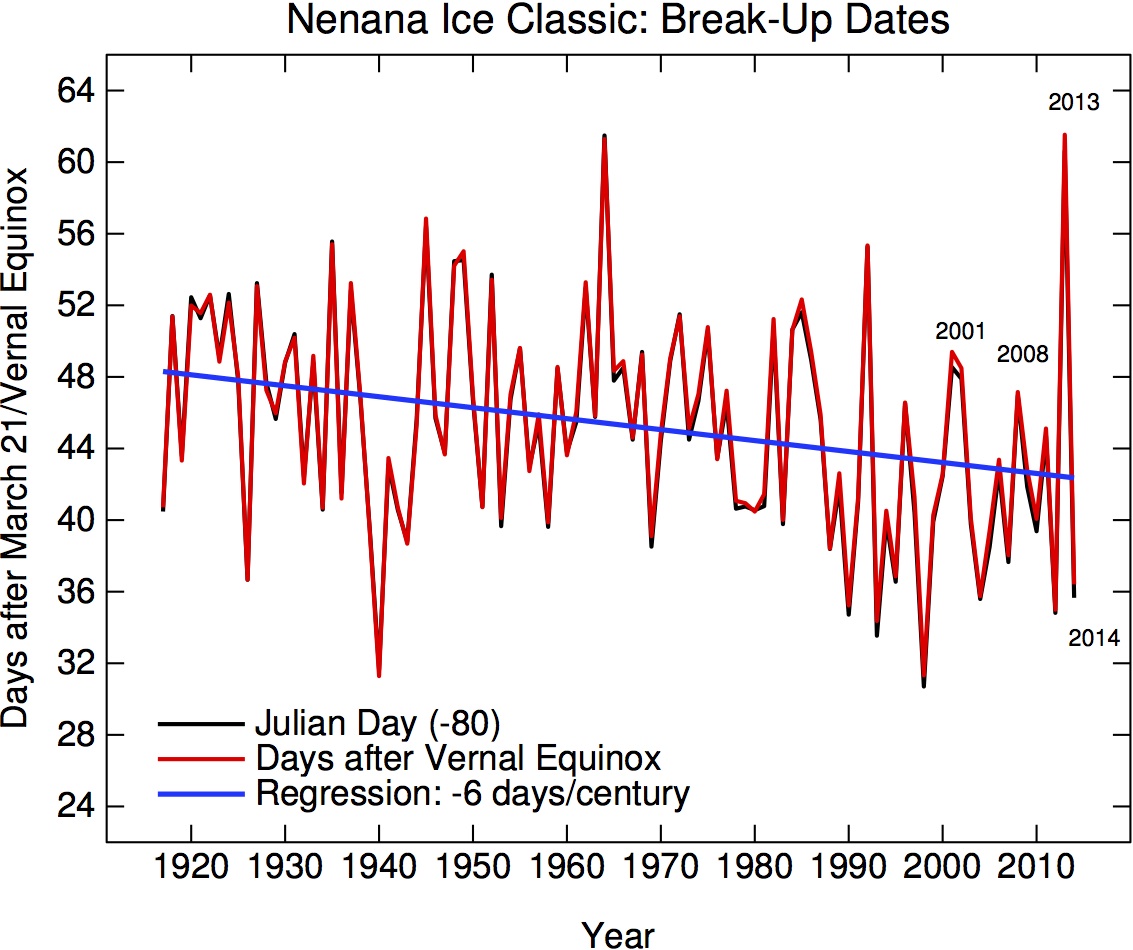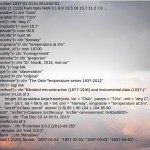Every so often contrarians post old newspaper quotes with the implication that nothing being talked about now is unprecedented or even unusual. And frankly, there are lots of old articles that get things wrong, are sensationalist or made predictions without a solid basis. And those are just the articles about the economy.
However, there are plenty of science articles that are just interesting, reporting events and explorations in the Arctic and elsewhere that give a fascinating view into how early scientists were coming to an understanding about climate change and processes. In particular, in the Atlantic sector of the Arctic the summer of 1922 was (for the time) quite warm, and there were a number of reports that discussed some unprecedented (again, for the time) observations of open water. The most detailed report was in the Monthly Weather Review:
[Read more…] about Faking it



